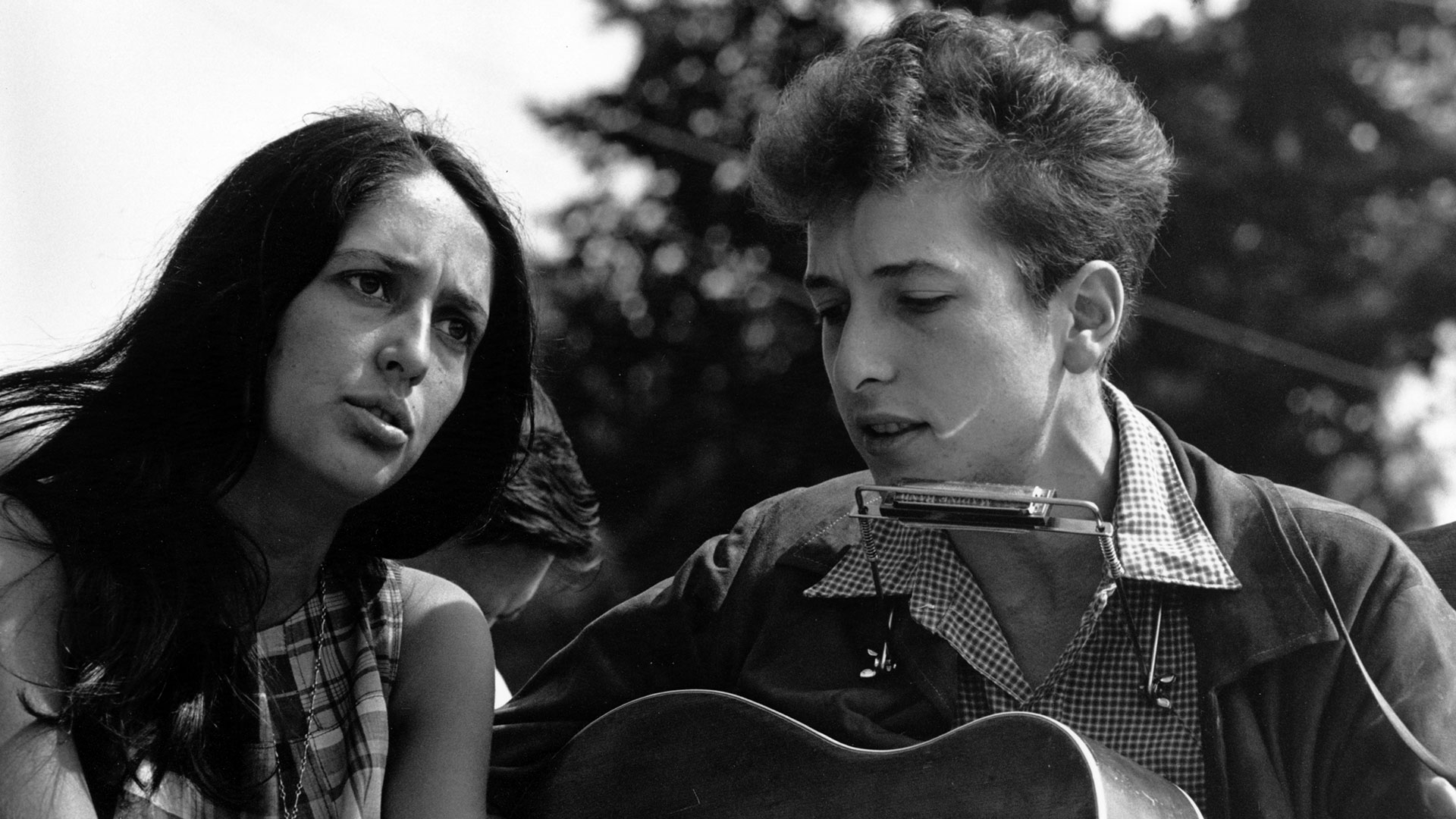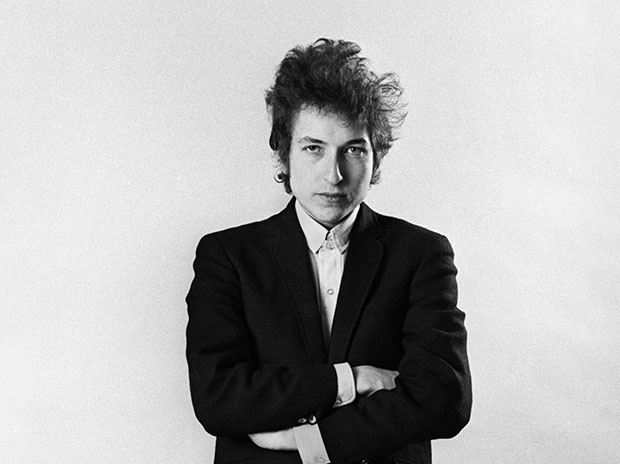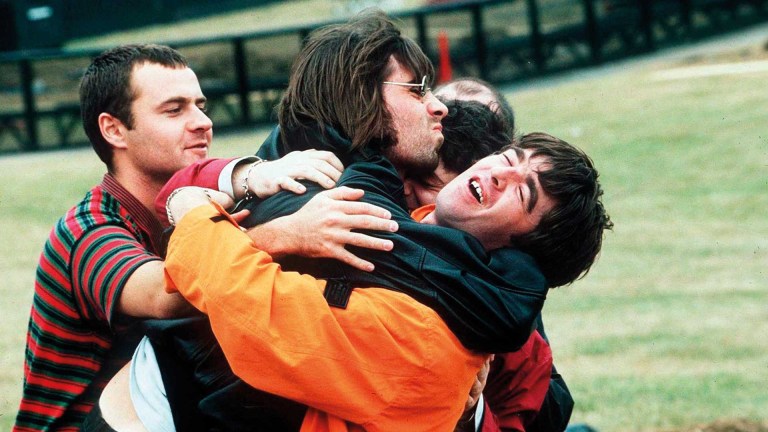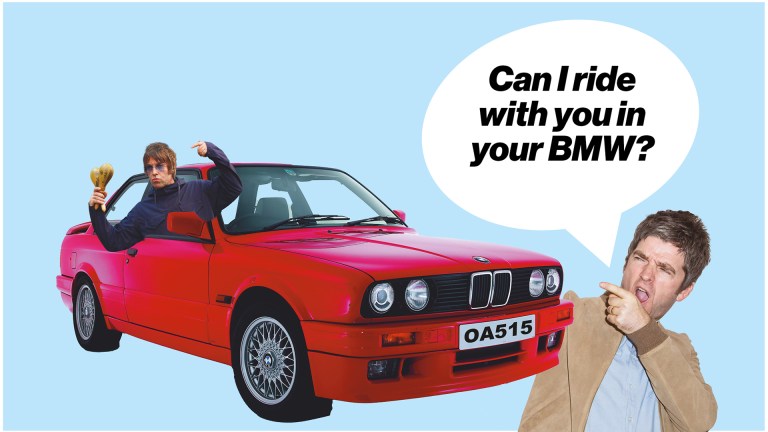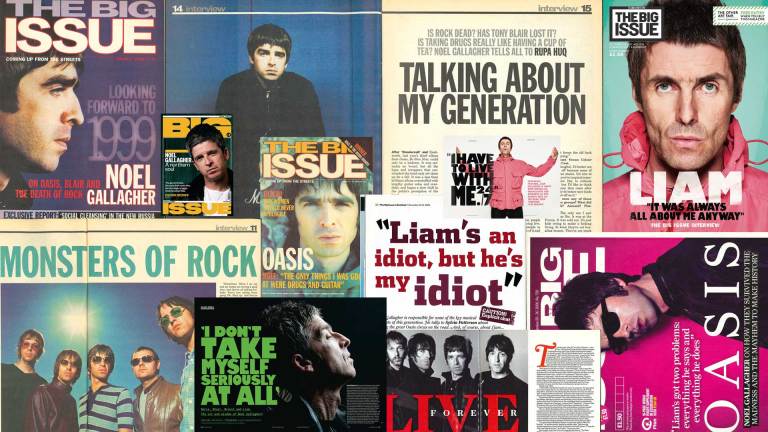We decided to make this a full-time endeavour, and set up Fiery Creations, our design and production company. We spent the next year crazily planning the second Isle of Wight Festival, but with one difference – this time we had our sights set on Dylan to headline. I’d first heard Dylan when someone gave my brother his John Wesley Harding album, and was hooked.
Securing Dylan was no small feat but being young and ambitious, we gave it a go anyway. First taking measures to disguise our extreme youth and inexperience, I began regular calls to Dylan’s manager Bert Block, and attempted to lure Dylan to the island by presenting the festival as a small event within a holiday package. We were astounded some time later when we received a telegram from Block stating, ‘Dylan accepts…’ Panic ensued.
We struggled furiously to meet the astronomical fee. There followed a massive scrabble about. Friends were contacting friends. All and any ideas were considered, no matter how tenuous or unlikely. Somehow we secured enough investors to raise the equivalent of three quarters of a million pounds in contemporary money – but only just in time.
It was all systems go. I flew to New York to deal with contracts and to meet Dylan. Suddenly, our festival had been transformed into a Bob Dylan event. Back home on the island we built an arena and facilities for more than 100,000. Tickets were selling fast and a huge publicity machine swung into action.
Unbeknown to us at the time, Dylan had been playing a cat-and-mouse game with Woodstock Ventures during the summer of ’69. Michael Lang, Woodstock’s founder, had set up his festival on Dylan’s own doorstep. Even after the festival had been drummed far out of the superstar’s home town, they kept the name Woodstock simply for the Dylan connection. The singer-songwriter finally revealed his hand when he left with his wife and children for England on the day the Woodstock festival began – actions speak louder than words.
Advertising helps fund Big Issue’s mission to end poverty
Alarmingly, when Dylan and his family boarded the QEII they were quickly forced to disembark after their infant son was injured. The Dylans rescheduled and arrived by plane days later – to be treated to the modest ‘luxury’ of Forelands Farm.
Newspapers worldwide described Dylan’s appearance as the second coming
The festival site was buzzing. Newspapers worldwide described Dylan’s appearance as the second coming. His long absence from the spotlight had been a great mystery but it was surprising how many greats were ready to step into Dylan’s hallowed footsteps.
Twenty-six other major acts were well received, including The Moody Blues and The Who. Three of The Beatles arrived, joining Dylan for tennis matches and meals at Forelands Farm, and in George Harrison’s case being dragooned into washing up by formidable hostess Judy Lewis.
When it was time for Dylan’s performance, the fab three and their wives then sat at the maestro’s feet in the celebrity-packed press arena. Chaos ensued, only exacerbated by technical delays on stage, which, due to security, effectively led to Dylan becoming a prisoner in his trailer and he grew increasingly angry.
Three of The Beatles arrived, joining Dylan for tennis matches and meals at Forelands Farm
Finally, technical difficulties were resolved and a strikingly different Dylan appeared on stage, wearing a white suit with cuff-links, crooning in country tones. The 150,000-strong audience was transfixed.
One of the fantastic things about exploring Dylan’s pre-and post-festival reclusiveness in part one, Stealing Dylan from Woodstock, is that we see how this historic Isle of Wight event locates within the star’s own story, and maybe even how the festival affected his subsequent career. Despite the success of his performance, it was more than four years before Dylan would resume pre-announced performances.
Advertising helps fund Big Issue’s mission to end poverty
For our part, we regrouped and began grappling with how to top the Dylan Festival, setting our sights this time on Jimi Hendrix – but this is the subject of book two: 1970 The Biggest Rock Festival Yet.
Stealing Dylan from Woodstock by Ray Foulk and Caroline Foulk is out now in hardback (Medina, £22.95)
Photo: Dylan with Joan Baez during the civil rights “March on Washington for Jobs and Freedom”, August 28, 1963. Credit: Rowland Scherman – U.S. National Archives and Records Administration
Watch the Pride special collection.
Our LGBTQ+ film playlist offers a new and interesting angle on LGBTQ+ love and struggle – giving an international overview by taking us inside some of the most and least sexually liberated countries in the world.
Sign Up Now 